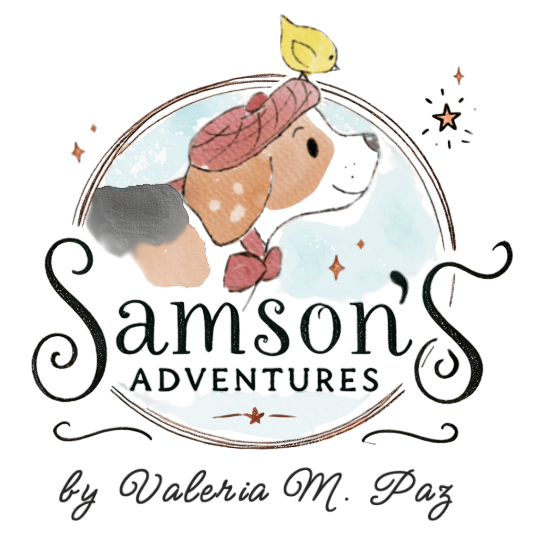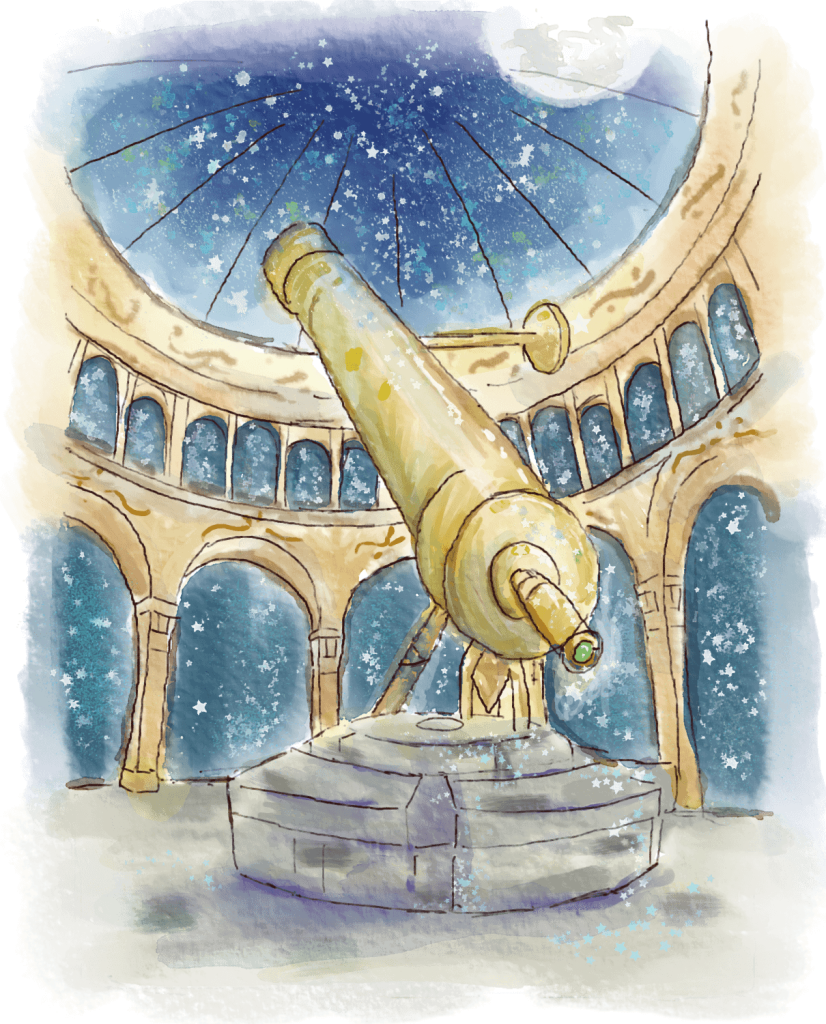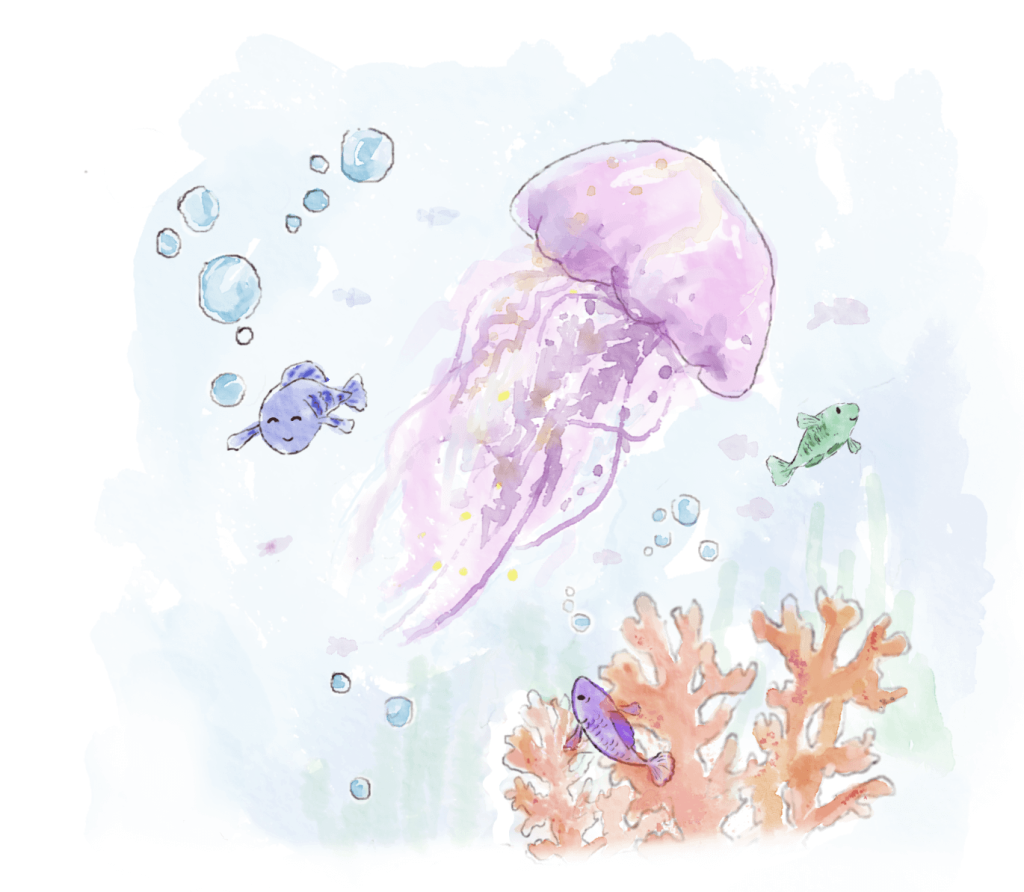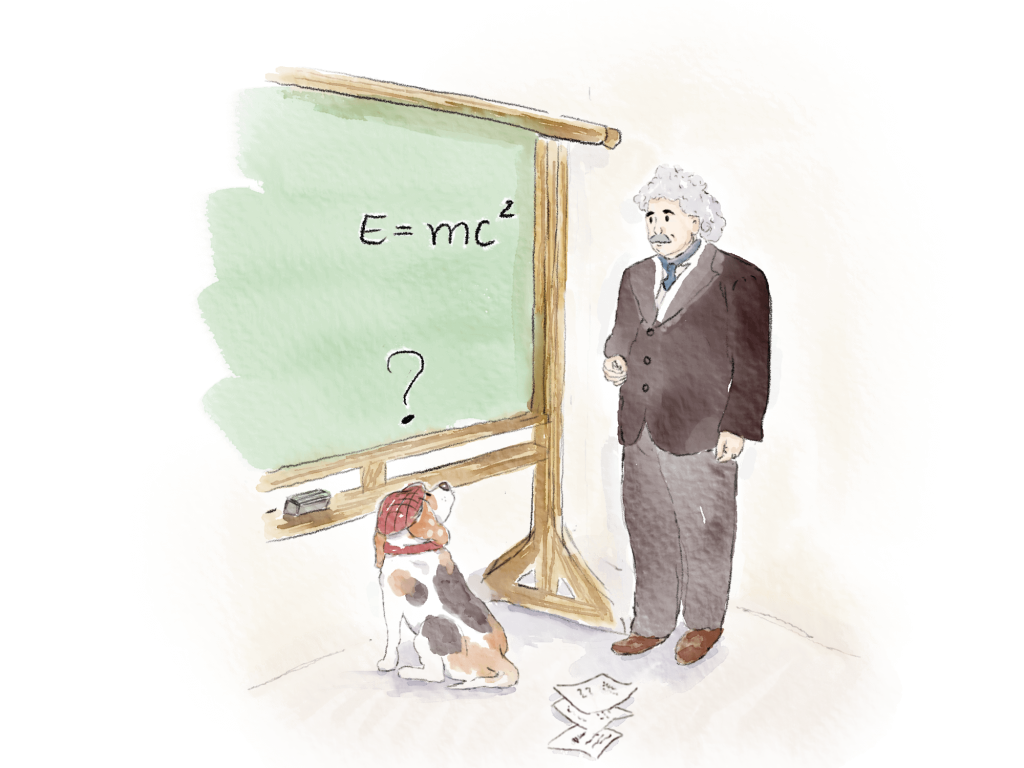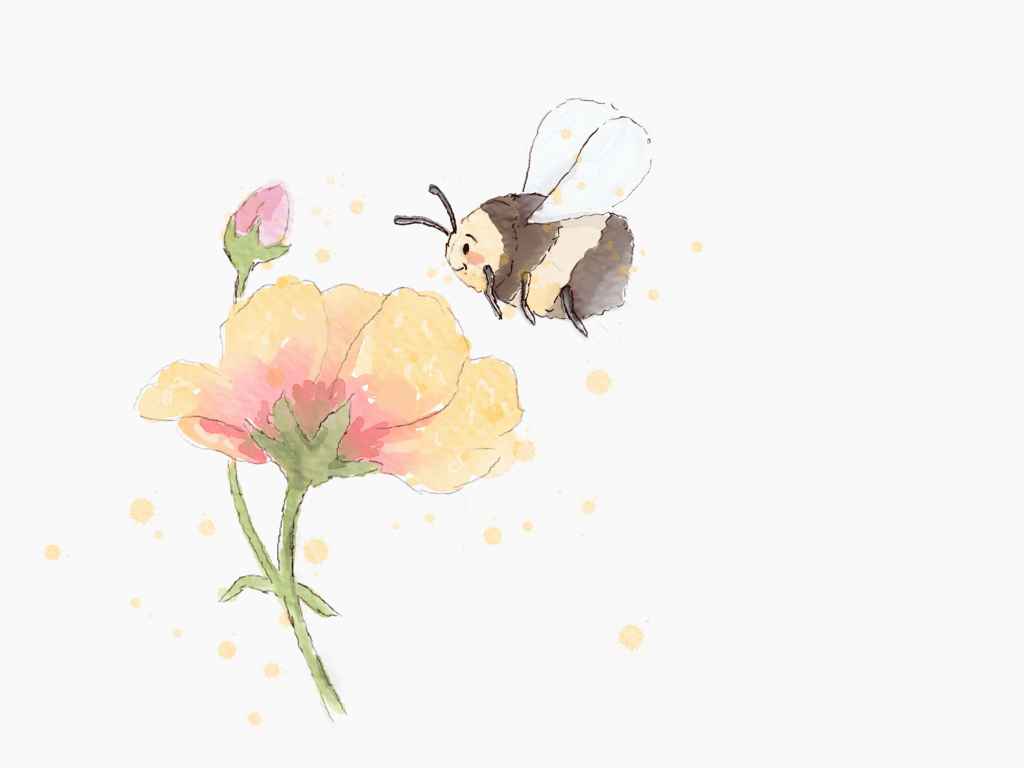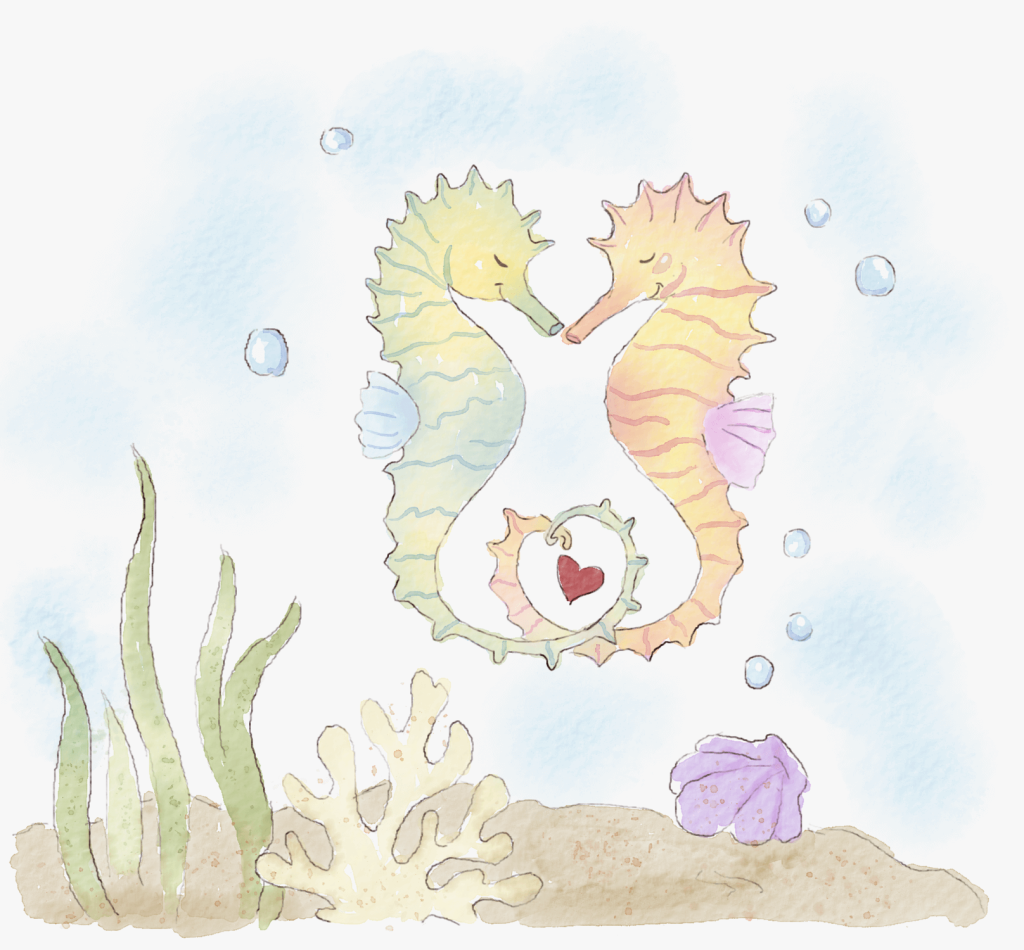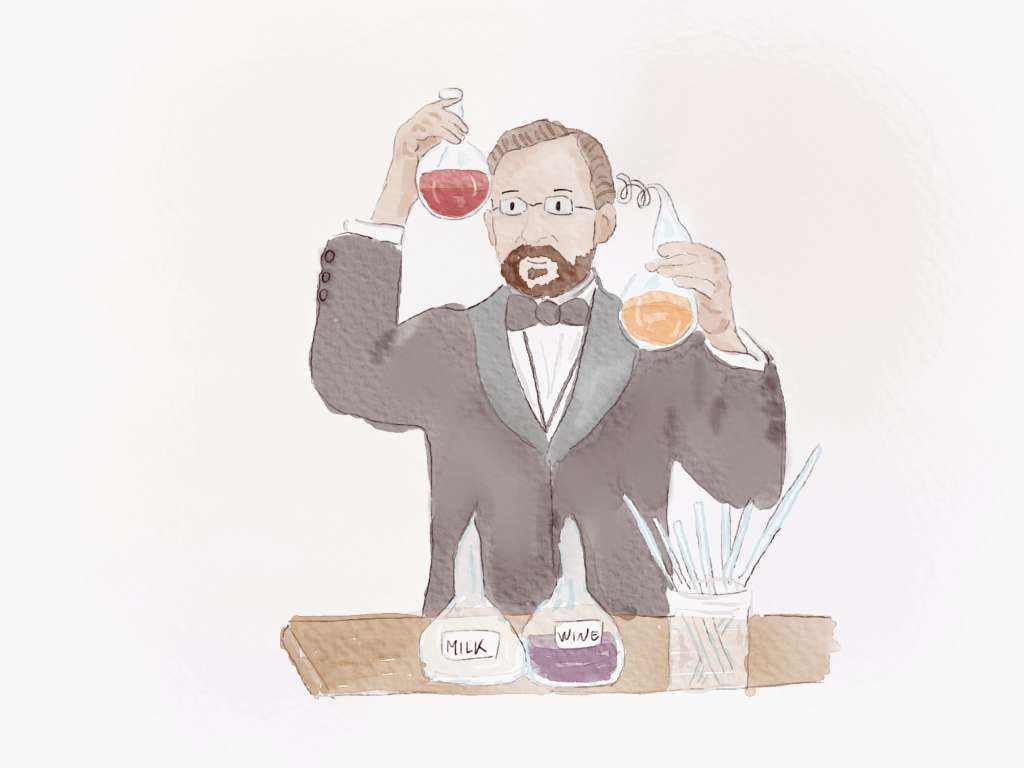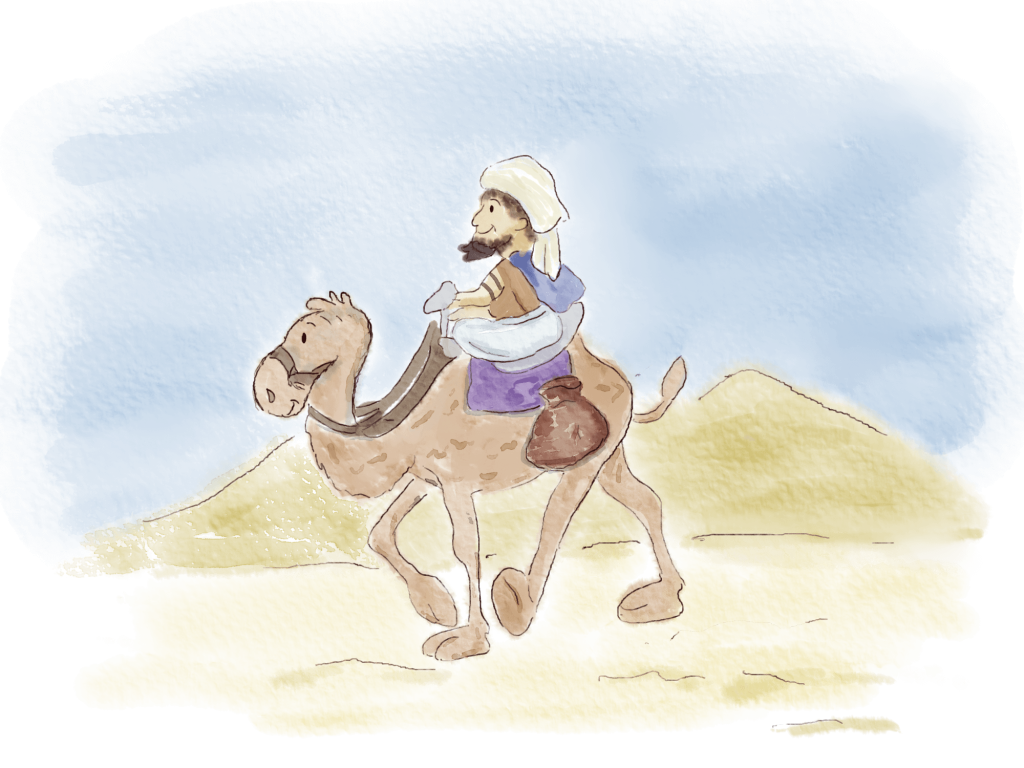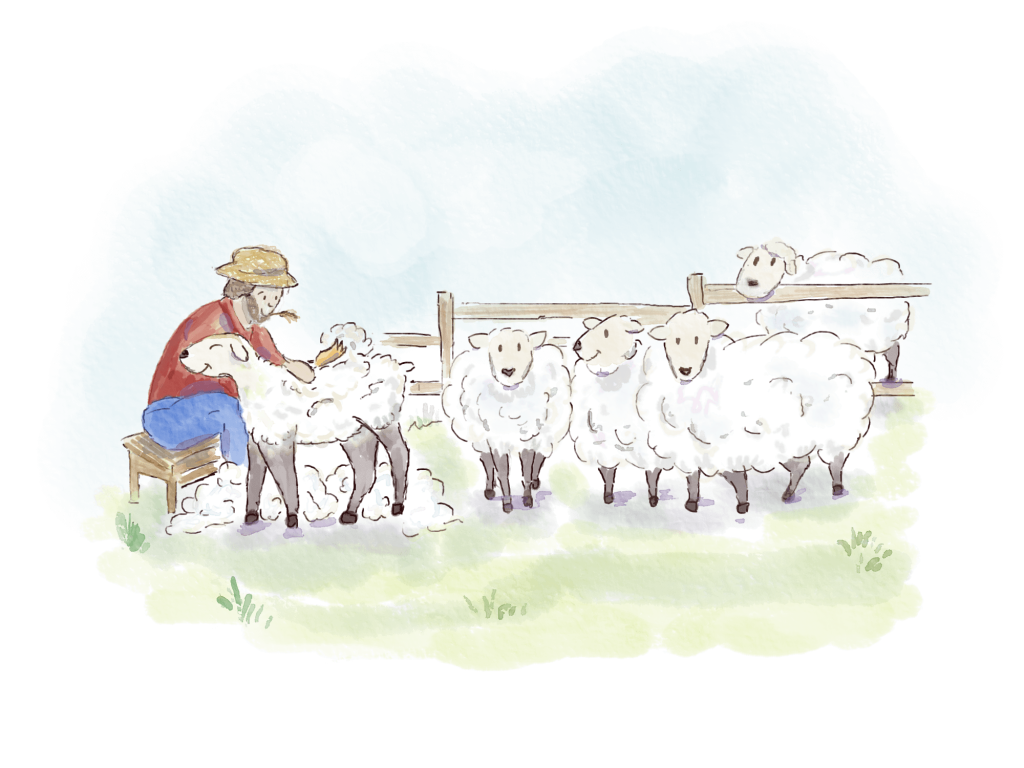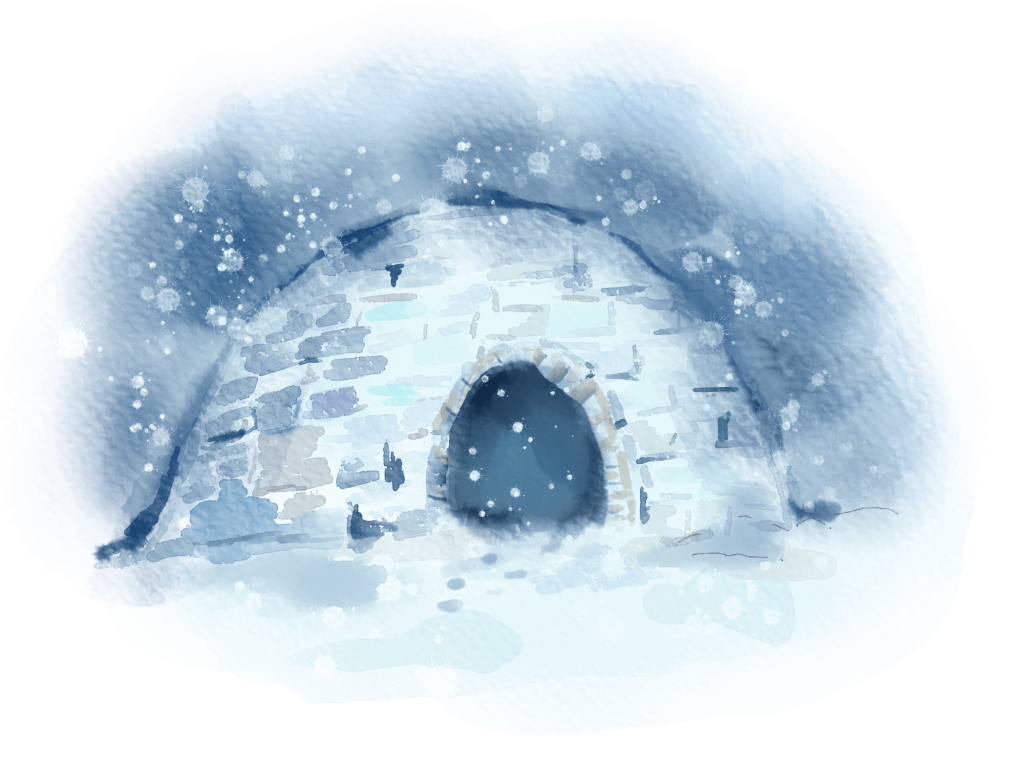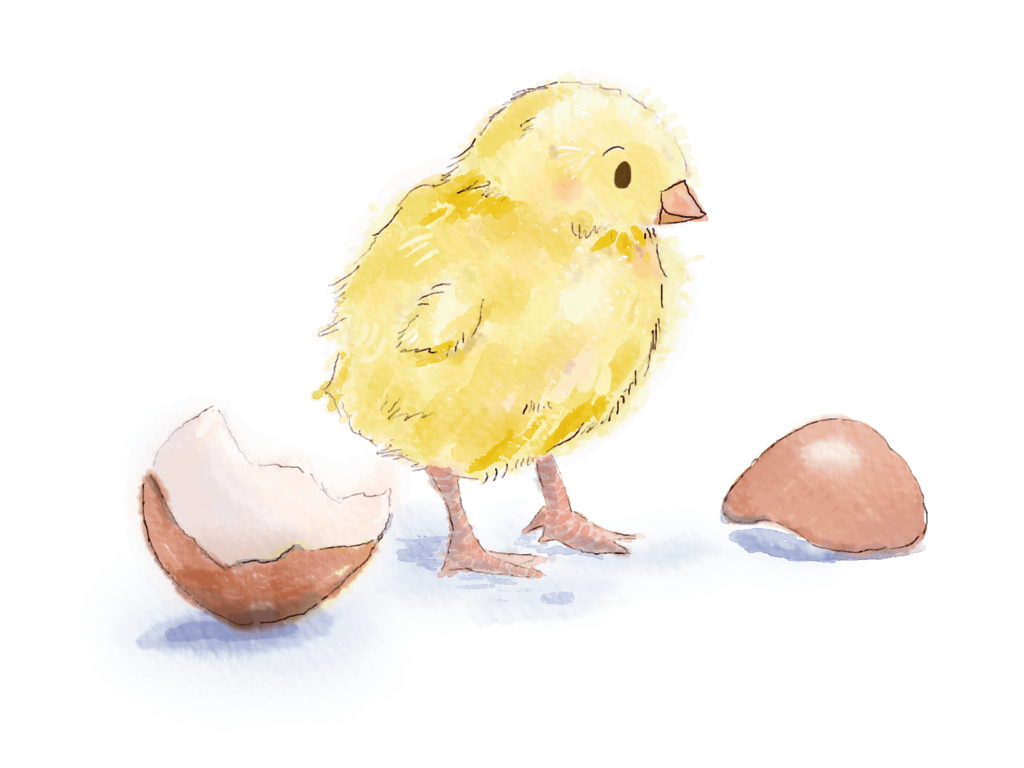How plants get animals to help them grow
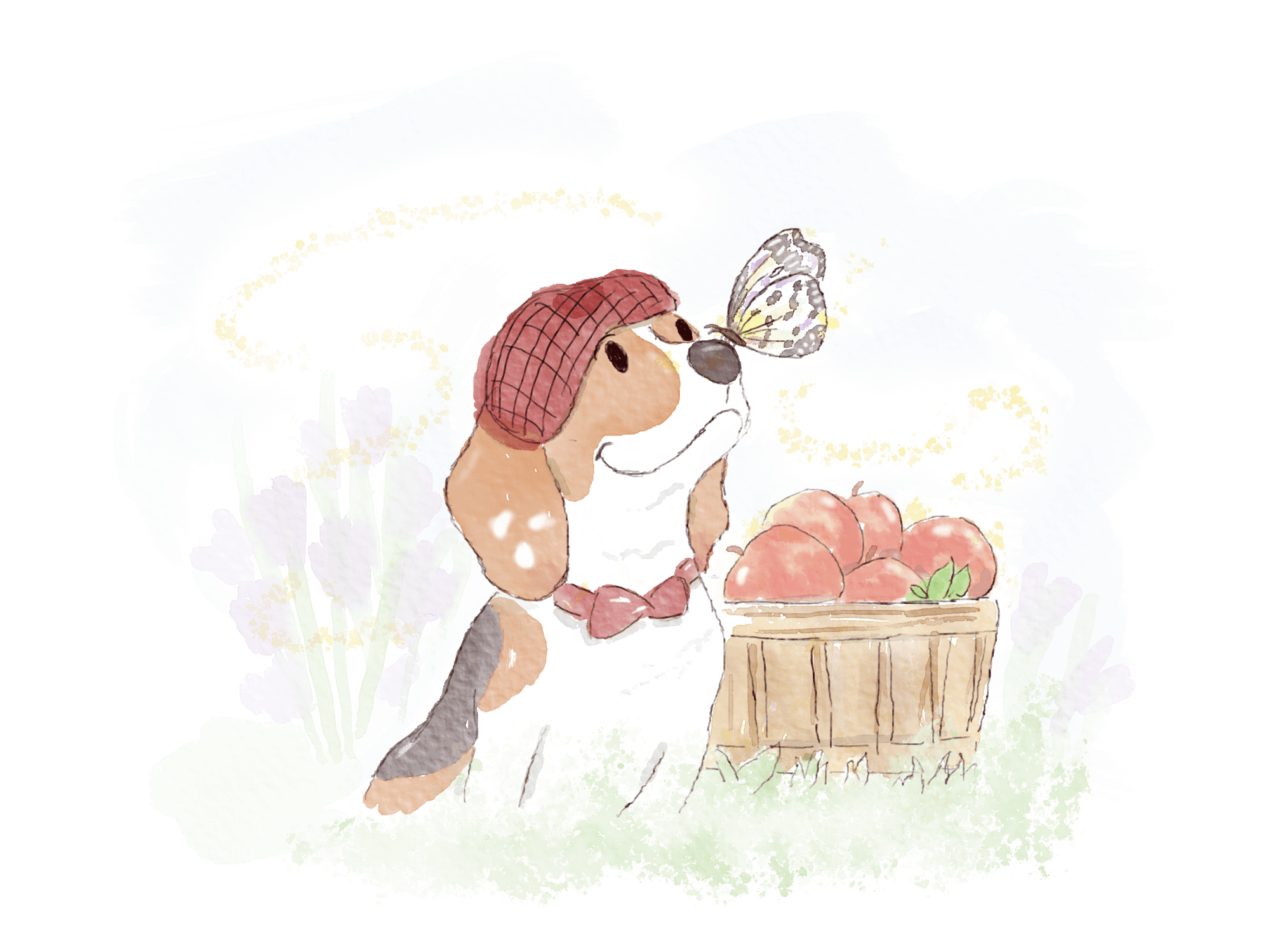
Plants are super clever about spreading their seeds far and wide.
Some make colorful flowers so insects pollinate them, which helps plants make seeds.
Others grow fruits that animals love to eat, so they take the seeds to different places.
With a little help from their animal friends, plants keep our world green and full of life!
Most plants need animals to pollinate them
To make new baby plants, many flowers need pollen to move from one flower to another. This is called pollination.
Pollen is like tiny dust flowers make. It’s what makes us sneeze in Spring!
Some of nature’s smallest creatures are busy all year carrying pollen. We call them pollinators.
They include insects like bees, butterflies, beetles, and birds like hummingbirds. When they fly from one bloom to another, looking for nectar, they help flowers share their pollen.
Animals like lizards, sloths, and possums also drink nectar. The pollen sticks to their bodies, so they help pollinate a bit.
Some plants need a specific animal to pollinate them. For example, the Trumpet Vine’s pollen is deep inside tube-shaped flowers. Only hummingbirds can reach the pollen with their long beaks.
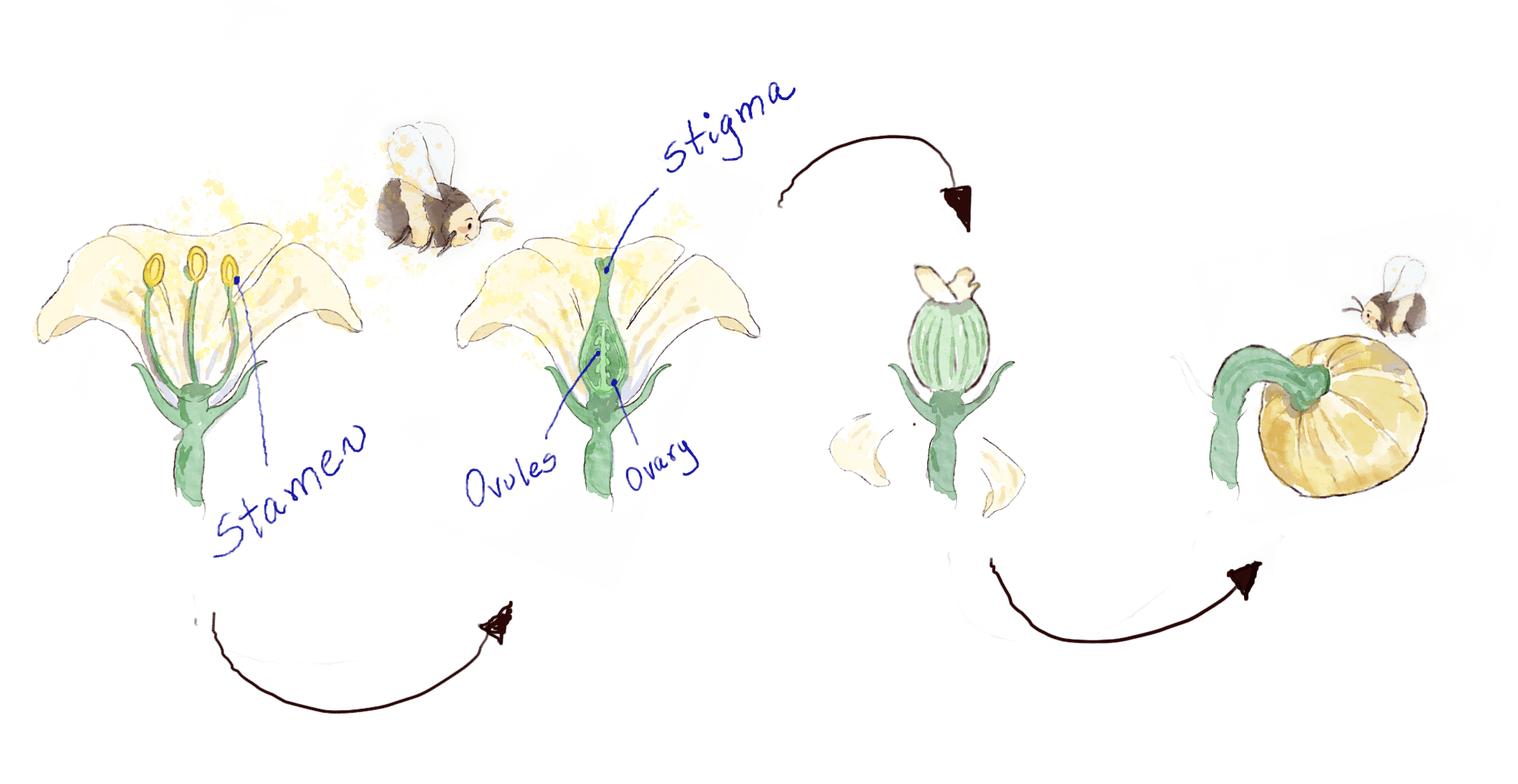
From pollen, to seed, to fruit
Most plants have boy or girl parts, just like animals. Boy plants and girl plants bloom, but the flowers look different.
Boy flowers grow stamens that spread pollen. Girl flowers grow pistils instead, to receive the pollen and hold seeds.
Some plants have stamens and pistils in the same flower, so they can make seeds all by themselves! Daisies pollinate themselves this way.
Let’s suppose a butterfly lands on a flower to sip nectar. As the butterfly brushes against the flower’s stamen, pollen sticks to its body. Then, when the butterfly visits a girl flower, it brushes against the pistils.
Now the pollen has to land on the right spot!
Girl plants have ovules, which are like tiny eggs waiting to be fertilized. If pollen reaches the ovules and fertilizes them, they develop into seeds. The ovary of the flower then grows around the seeds and turns into fruit.
Some plants grow fruits with just one seed inside, like cherries. Others make fruits with lots of seeds, such as apples.
Want to know how fertilization works?
Read more at How chicks are born: from egg to peeping fluff
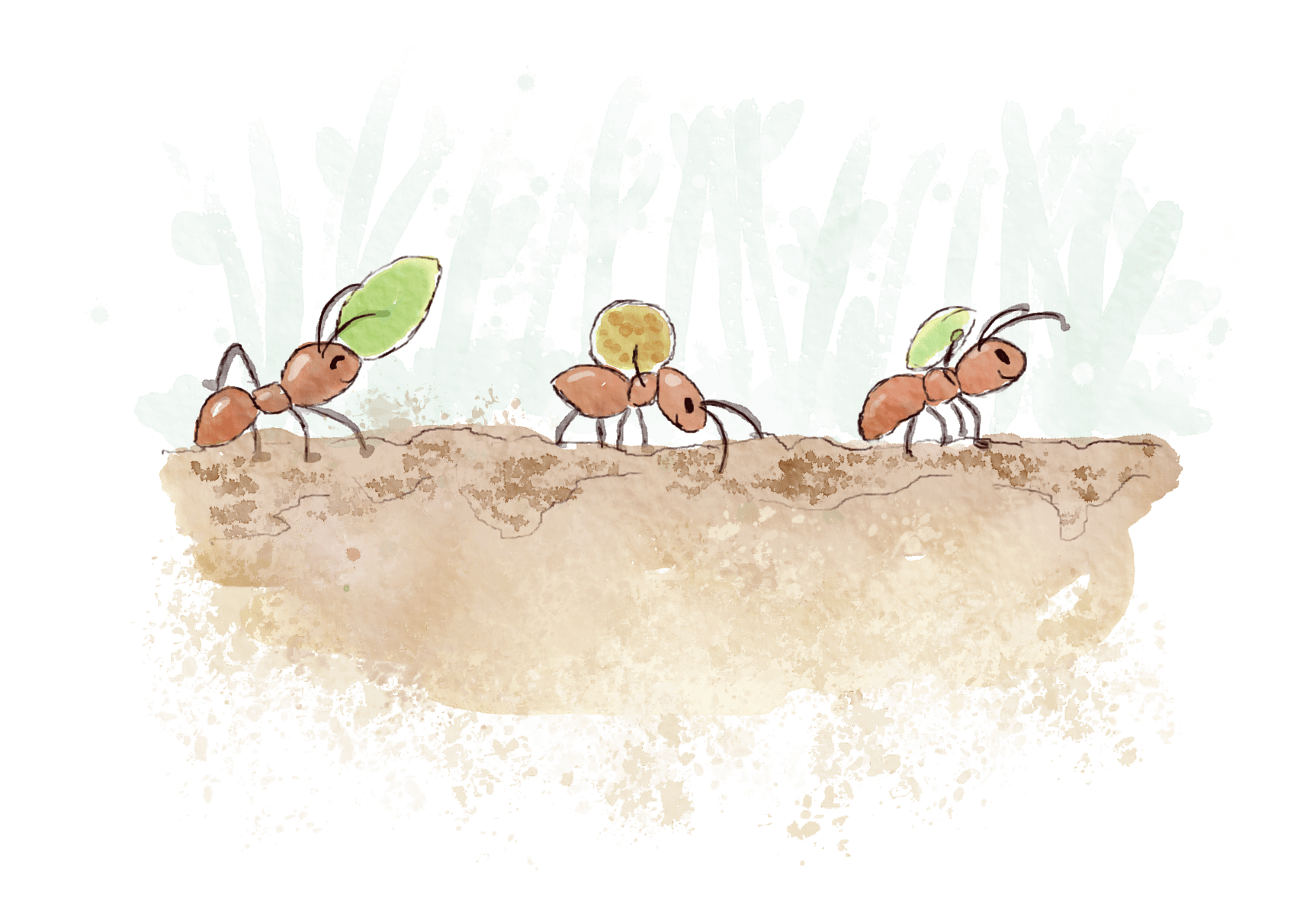
Plants find ways to tell animals “I have a sweet gift for you”
When they need help making seeds, plants adapt to bring the right pollinators.
For example, milkweed blooms with bright, colorful flowers that attract butterflies.
At night, moonflowers open white petals so bats and moths see them better.
Other flowers wear “perfume” that smells like yummy food to bugs, even if they don’t have nectar. Bugs go thinking they’ll get a snack but end up helping the flowers make seeds instead!
When the seeds are ready, plants need animals to carry them away.
Baby plants need their own space with plenty of sun and water to grow.
That’s why plants make fruits — animals come eat them and, without even knowing, they help spread the seeds in interesting ways:
* Birds eat berries from bushes like holly. The seeds pass through their bodies and end up in new places when they poop.
* Squirrels gather nuts from trees, burying some that later grow into new oak or walnut trees.
* Ants carry seeds to their nests. The seeds they don’t eat grow there.
* Some seeds have tiny hooks that stick to animal fur, letting them hitch a ride to new spots.
Once a seed finds a nice place to grow, it sprouts into a new plant. Then, it’s ready to do it all over again!
